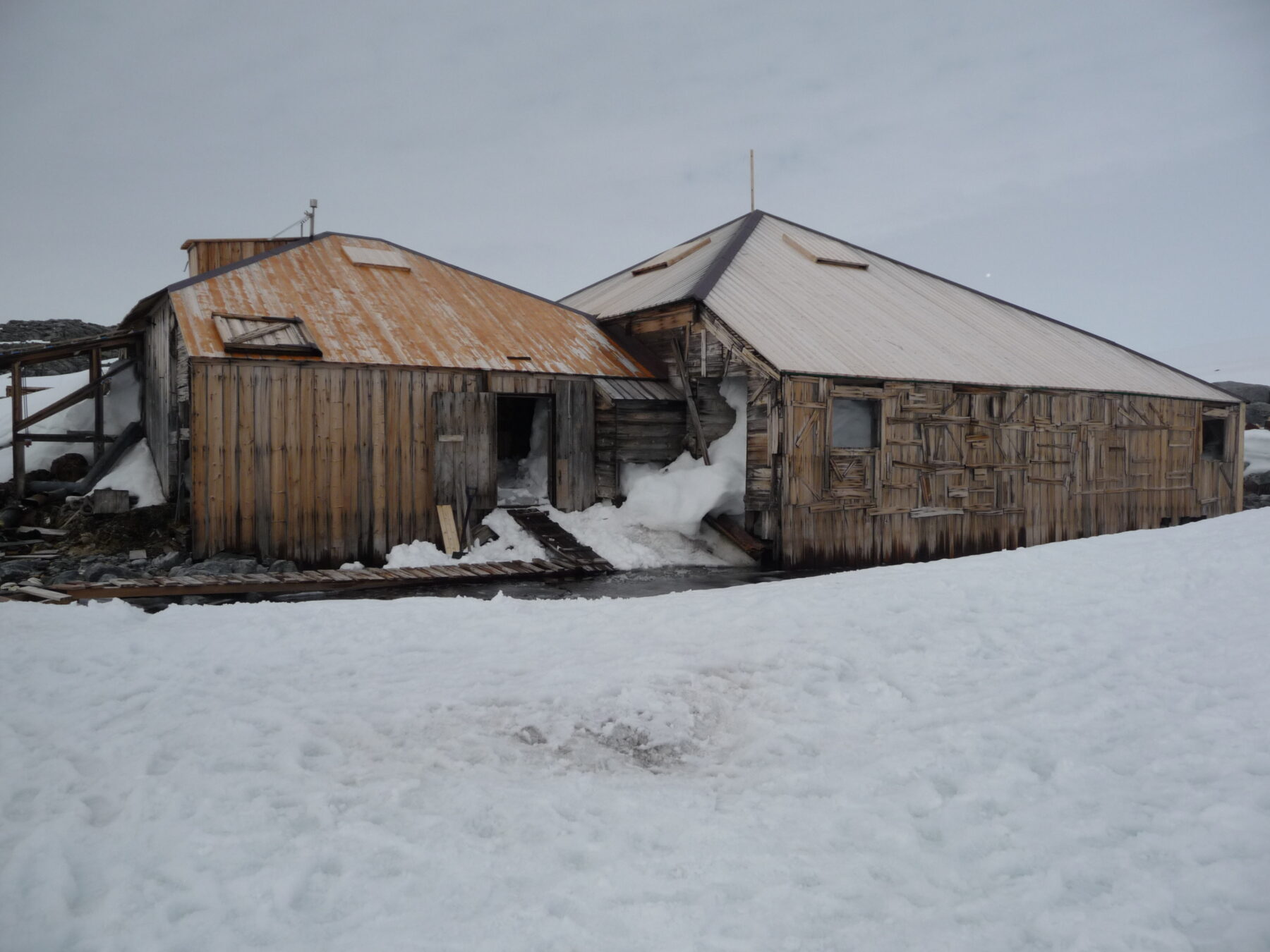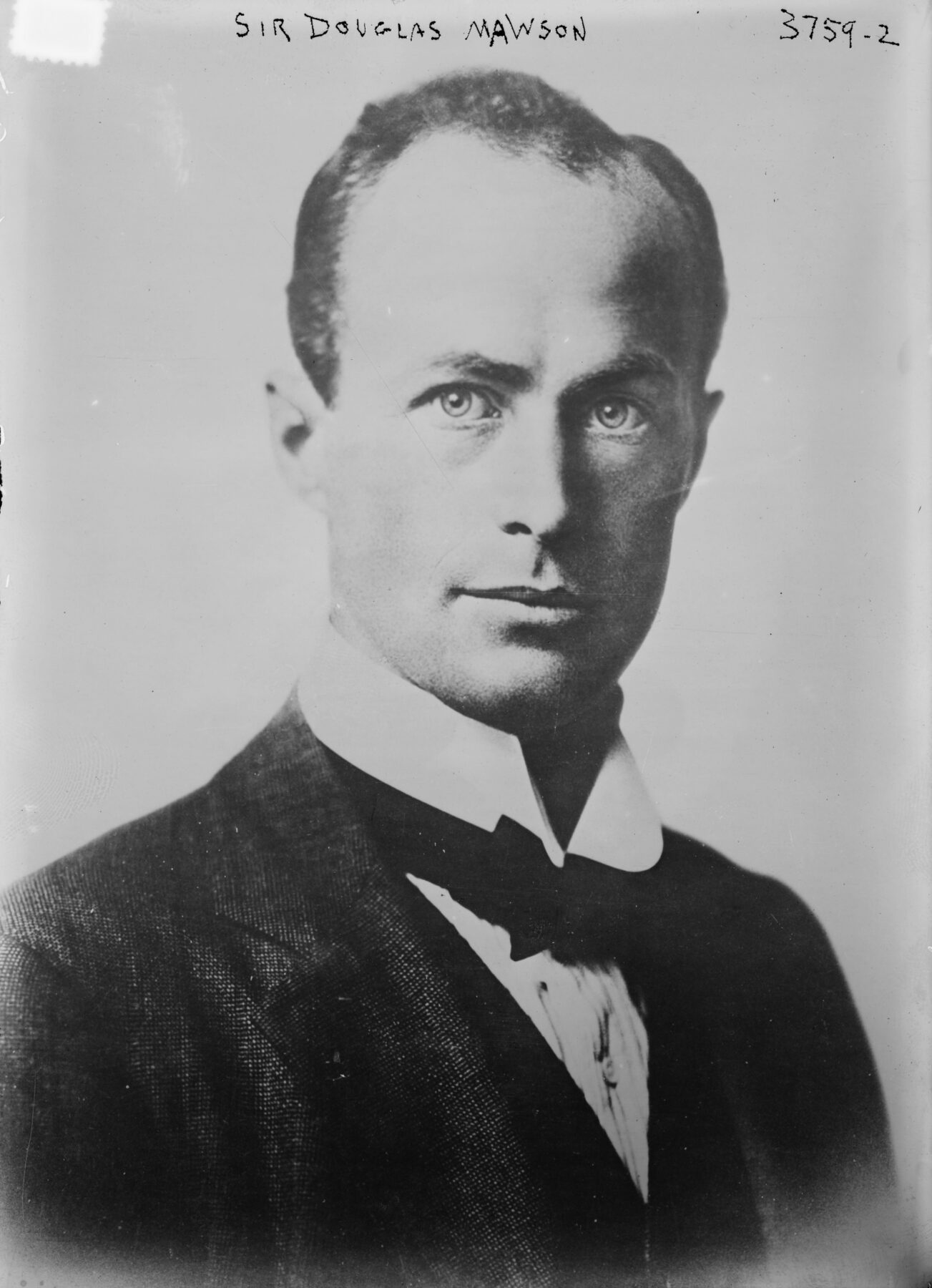On this day: Mawson sets sail for Antarctica

A century ago, 31 men hauled in anchors and unleashed ropes off the Scottish-built SY Aurora and hooted goodbye to hundreds of proud Aussies clustered at the Hobart harbour waving hats and flags in historic anticipation.
At the helm of the voyage was Sir Douglas Mawson who had planned this expedition to over 3000km of Antarctic coastline directly south of Australia that had not yet been touched by his rivals.
“This was the first Antarctic voyage launched by Australia as a nation,” says Jane Macknight, curator of Traversing Antarctica: the Australian Experience, opening 2 December at the Tasmanian Museum and Art Gallery. “It forms the basis of Australia’s Antarctic territory and Mawson provided the energy to get that going.”
“Mawson was very focused on the scientific side of exploring as well, but there was no doubt that the issue of claiming territory was an important motivation also,” Jane says.
Any delusions that this Australasian Antarctic Expedition was some sort of pleasure trip were scuttled within the first 12 hours of SY Aurora’s southward voyage. For six days and nights, gale-force winds and high seas thrashed at the ship. Instant drinking rations kicked in when the plug to one of the fresh water tanks burst.
Mawson’s expedition crew
Mawson deliberately chose a team mostly of young Australian and New Zealand university graduates to go to Antarctica, among whom were Melburnian Herbert Dyce Murphy, a contrarian storyteller who claimed to have navigated Arctic whalers; Sydney engineer Walter Hannam, otherwise affectionately known as Blubbery; and Francis Howard Bickerton, an engineer-cum-adventurer who had impressed everyone with his physical versatility and charm.
The ship was commanded by Captain John King Davis who had captained Nimrod during Ernest Shackleton’s Antarctic expedition in 1908-1909, aboard which Mawson had made his first Antarctic trip.
It was noon on 11 December that the crew hit Macquarie Island, SY Aurora‘s halfway point. Here they would set up Wireless Hill, a communications base engineered by Mawson on a gusty hill on the island’s north side. Mawson and his men lugged, bit by bit, two wireless masts and materials for two huts up the 100-metre slope to establish the first radio transmissions between Antarctica and the world. It would take over a year for Morse code messages to make it from Antarctica back to the weather bureau in Melbourne via Wireless Hill.
Within that year, Mawson and his team would experience the best and the worst of Antarctica. After leaving five wireless operators on Macquarie Island on December 23, 1911, SY Aurora travelled along the meridian of 158ºE longitude all the way to Cape Denison on Commonwealth Bay, where they arrived on 8 January 1912.

Antarctica’s harsh climate an emotional challenge
The diaries from Mawson’s crew show the rollercoaster of conditions and emotions that all of them faced. Wireless engineer Hannam wrote of being dirty for days; he later went on to engineer improvements in rapid-type electric water heaters, which became the popular Hannam Hot Water Service.
Tasmanian biologist Charles Harrison, eager to be first, lurched himself down a rope to set foot on the first pack ice that the crew encountered on the great southern ocean. He later wrote about his year among Mawson’s crew as “a revelation of stark solitudes and utter dread dreariness, of wondrous beauty of Fairyland, wild, weird, unearthly. Lavish in its frozen wonders, its delicate beauty.”
Mawson was full of wonder on the approach to Antarctica. ”I never saw or dreamt of anything so gloriously beautiful as some of the stuff we have come through this morning.”
Video footage by the expedition’s official photographer, Australian Frank Hurley, show the expeditioners in remarkably basic attire being battered around by blizzard winds as they set up a tent or hack into ice during the building of their two main camps, the Main Base now known as Mawson’s Hut.
Between 8 January 1912 and 26 February 1914, when Captain Davis steered the SY Aurora into South Australia’s Gulf St. Vincent, the expedition achieved greatness but also lost a lot, including two men during the famed tragic sledging trip across 1000km of a part of Antarctica that came to be known as King George V Land.

Missed the boat
Mawson began the trek with two companions, Belgrave Ninnis and Xavier Mertz and returned alone, having spent 30 days on his own, attempting to return to Main Base in time to board the SY Aurora back to Australia. He arrived just a few hours too late, and saw the ship departing in the distance. Mawson and six men at Main Base had been abandoned for another winter.
By 24 December 1913, Mawson’s two-year expedition was over. His team had explored 6437km of untouched land, recording land and coastal features, and meteorological and geomagnetic patterns. Francis Howard Bickerton discovered the first meteorite in Antarctica.
Mawson’s enthusiasm waned at times, noted throughout his book, The Home of the Blizzard: “We dwelt on the fringe of an unspanned continent, where the chill breath of a vast polar wilderness, quickening to the rushing might of eternal blizzards, surged to the northern seas. We had discovered an accursed country. We had found the home of the Blizzard.”
Years later, he would write in a letter to Australian Prime Minister Stanley Bruce that, “the whole tenor of my life has been guided by my allegiance to the Antarctic exploration and particularly to the Australasian effort of 1911-1914.”




